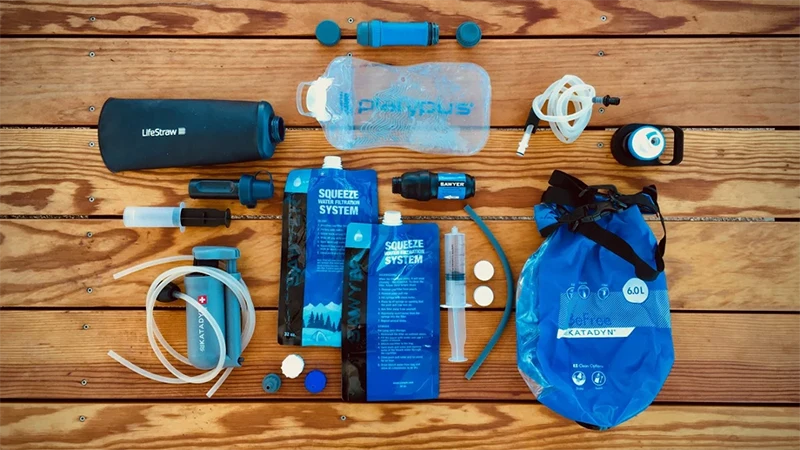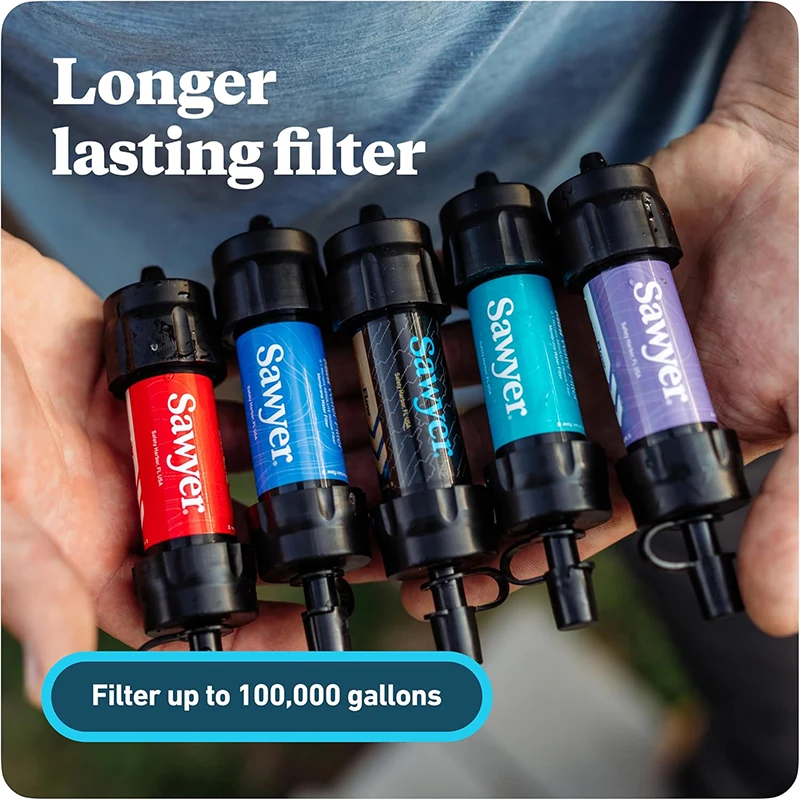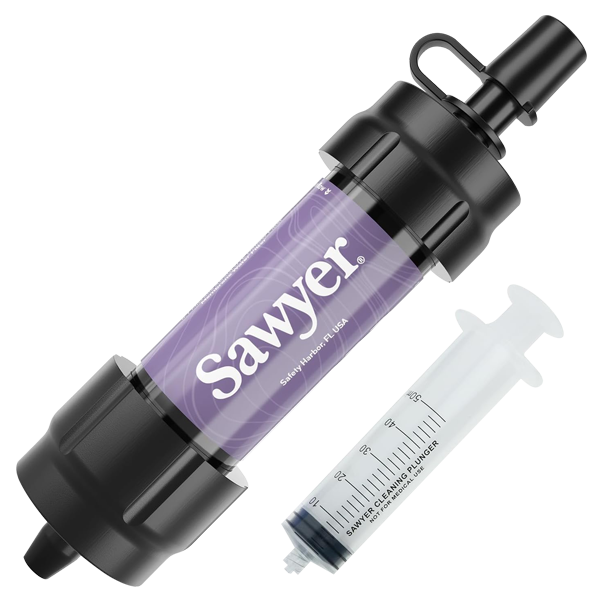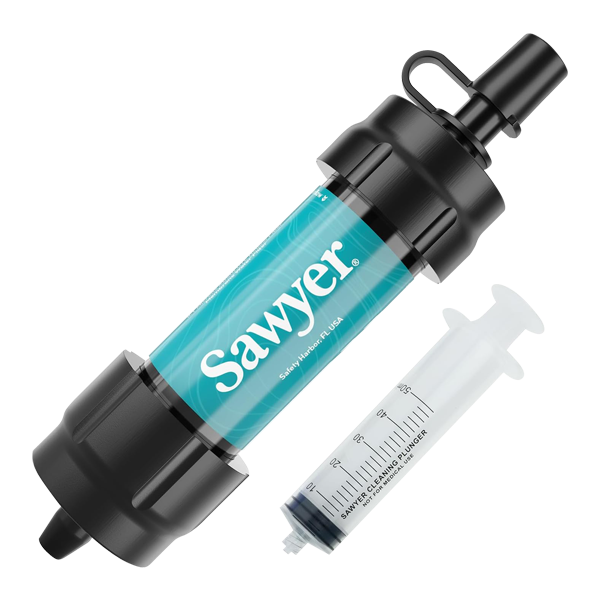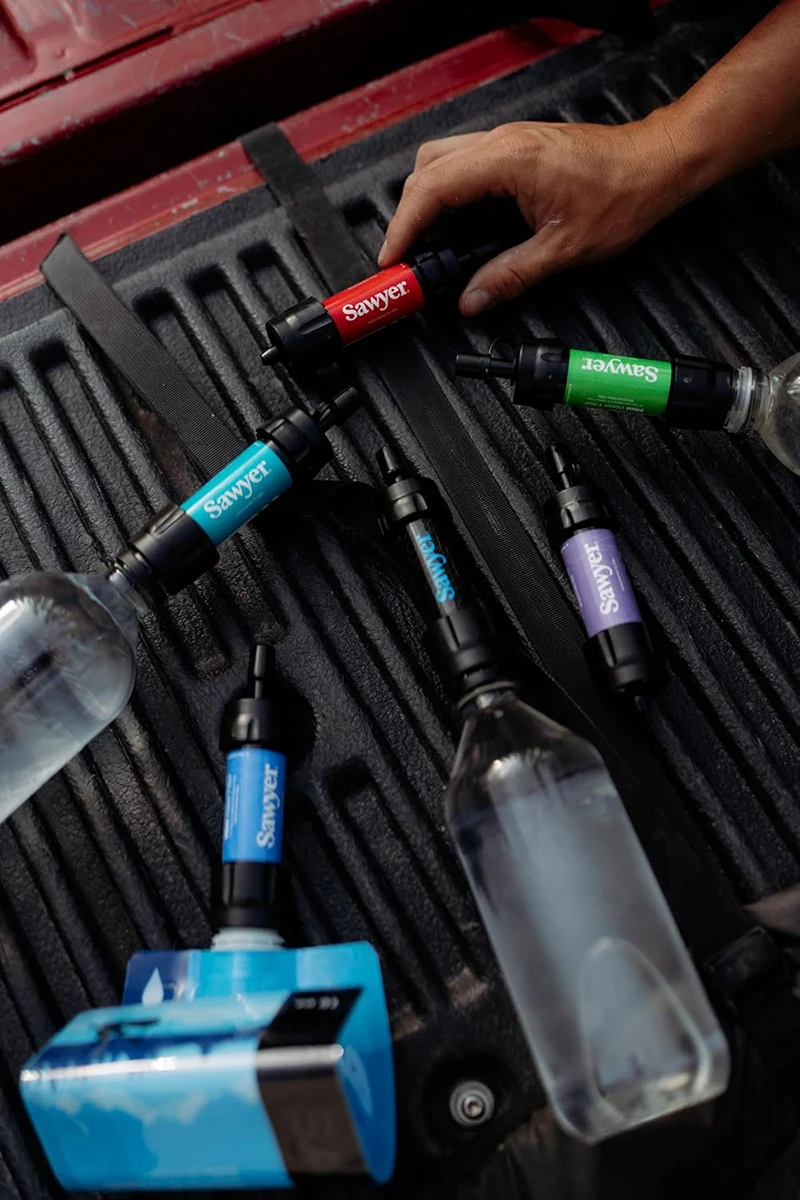

The Museum of Science & History (MOSH) in Jacksonville is now displaying a “Florida’s Deadliest Insects” panel exhibit that gets up close and personal with mosquitoes in their larval and adult stages and discusses how they transmit such disease-causing viruses as West Nile and Zika. The Whitney Laboratory is a sponsor of the exhibit and images on display of the larval and adult anatomy of mosquitoes were produced by Dr. Paul Linser using confocal microscopy and various fluorescent dyes. Thank you to Dr. Maria Corena McLeod for making this exhibit possible! The exhibit runs through June 30.
Learn more about the "Florida's Deadliest Insect" Exhibit here.
Soti nan eskwadwon an
Konvèsasyon Kanfi ak kominote nou an, ki soti nan Manm Eskwadwon ak Anbasadè yo nan Brand Patnè ak ekip la Sawyer.




